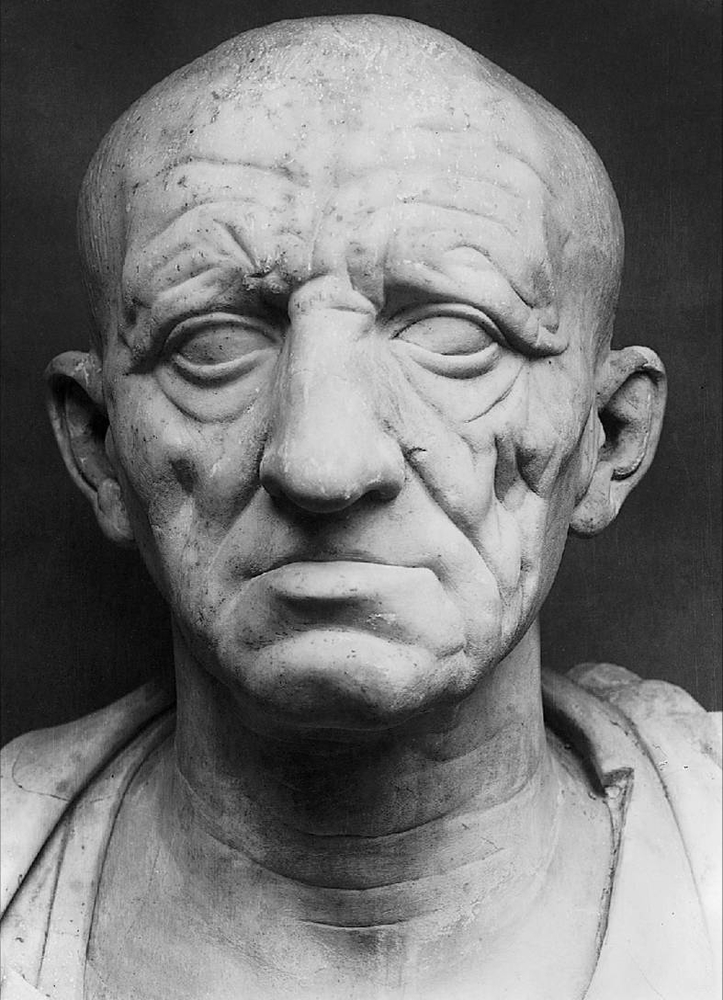More about M. C. Escher
- All
- Info
- Shop
Works by M. C. Escher

Contributor
M.C. Escher was an enigma and a lone wolf.
He belonged to no art movement yet created some of the most famous pieces of art in history. In fact, the art world didn't even recognize Escher until the '60’s when the hippie movement praised the psychedelic vibe of his art. Thanks to Dead Heads and Baby Boomer druggies the art world now recognizes Escher as one of the smartest and innovative artists of our time.
Escher did not have a happy childhood. He was often sick, struggled in school, and even failed the 2nd grade. This may come as a surprise since now we think of Escher as a mathematical wizard, but he actually had no formal math training. His understanding of the numbers game was largely based on visual shapes and intuition.
Originally trained as an architect at the Haarlem School of Architecture and Decorative Arts, Escher ultimately failed multiple subjects, largely due to a pesky skin infection that consumed much of his focus. Blech. After realizing architecture was not his forte, Escher decided to try his hand at the decorative arts. There he had finally found his niche and no irksome dermatitis was going to stop him.
As an art nerd, I often ponder the inner workings of the analytical mind of a math geek. You could see it as a classic battle between left and right hemispheres, or logic versus creativity. Either way, science has told us that there are inherent differences between the math geeks and artsy types. Well, leave it to Escher to discredit such scientific “truths." Turns out there are plenty of people who prefer pi to pie and still dabble in the arts. Weird Al Jankovic pays tribute to this, and to his favorite M.C. in his song "White and Nerdy".
Rumor has it that Escher was a bit of a party pooper. He was a stuffy man on the straight and narrow and apparently didn’t care much for rock and roll. One time, Mick Jagger asked to use one of his pieces for the cover of the Rolling Stones’ album, Through the Past Darkly. Escher would not stand for it. Director Stanly Kubrick also reached out to Escher for help with a “fourth-dimensional film” (perhaps 2001: A Space Odyssey), and again, Escher denied lending a helping hand. Pop culture was just so beneath him.
Even if Escher was a bit of a wet blanket, there's no lack of fanfare surrounding him. He even has an entire museum dedicated to his life's work, so if you have a hankering for some mind-bending work and find yourself in the Netherlands, check out the Escher Museum.

Contributor
Some lesser known facts about M.C Escher:
Escher's childhood nickname was "Mauk." We can see why he changed it.
The Nazis arrested Escher's art teacher, Samuel de Mesquita, for the crime of being Jewish and killed him. They left one of Mesquita's sketches behind with a German boot print on it. Escher kept that sketch with his art supplies.
Escher was knighted, but he had mixed feelings about it. He told his son he was afraid of being "drawn into the sickening scene of vain officialdom," but then observed, "What on earth can I do about it? Luckily I can swear by God and all his angels that I never moved a finger to get the decoration or licked the boots of any bigwigs."
Featured Content
Here is what Wikipedia says about M. C. Escher
Maurits Cornelis Escher (/ˈɛʃər/;
Dutch: [ˈmʌurɪts kɔrˈneːlɪs ˈɛɕər]; 17 June 1898 – 27 March 1972) was a Dutch graphic artist who made woodcuts, lithographs, and mezzotints, many of which were inspired by mathematics.
Despite wide popular interest, for most of his life Escher was neglected in the art world, even in his native Netherlands. He was 70 before a retrospective exhibition was held. In the late twentieth century, he became more widely appreciated, and in the twenty-first century he has been celebrated in exhibitions around the world.
His work features mathematical objects and operations including impossible objects, explorations of infinity, reflection, symmetry, perspective, truncated and stellated polyhedra, hyperbolic geometry, and tessellations. Although Escher believed he had no mathematical ability, he interacted with the mathematicians George Pólya, Roger Penrose, and Donald Coxeter, and the crystallographer Friedrich Haag, and conducted his own research into tessellation.
Early in his career, he drew inspiration from nature, making studies of insects, landscapes, and plants such as lichens, all of which he used as details in his artworks. He traveled in Italy and Spain, sketching buildings, townscapes, architecture and the tilings of the Alhambra and the Mezquita of Cordoba, and became steadily more interested in their mathematical structure.
Escher's art became well known among scientists and mathematicians, and in popular culture, especially after it was featured by Martin Gardner in his April 1966 Mathematical Games column in Scientific American. Apart from being used in a variety of technical papers, his work has appeared on the covers of many books and albums. He was one of the major inspirations for Douglas Hofstadter's Pulitzer Prize-winning 1979 book Gödel, Escher, Bach.
Check out the full Wikipedia article about M. C. Escher




















Five stars for combining great draftsmanship with creativity and resistance to bootlicking